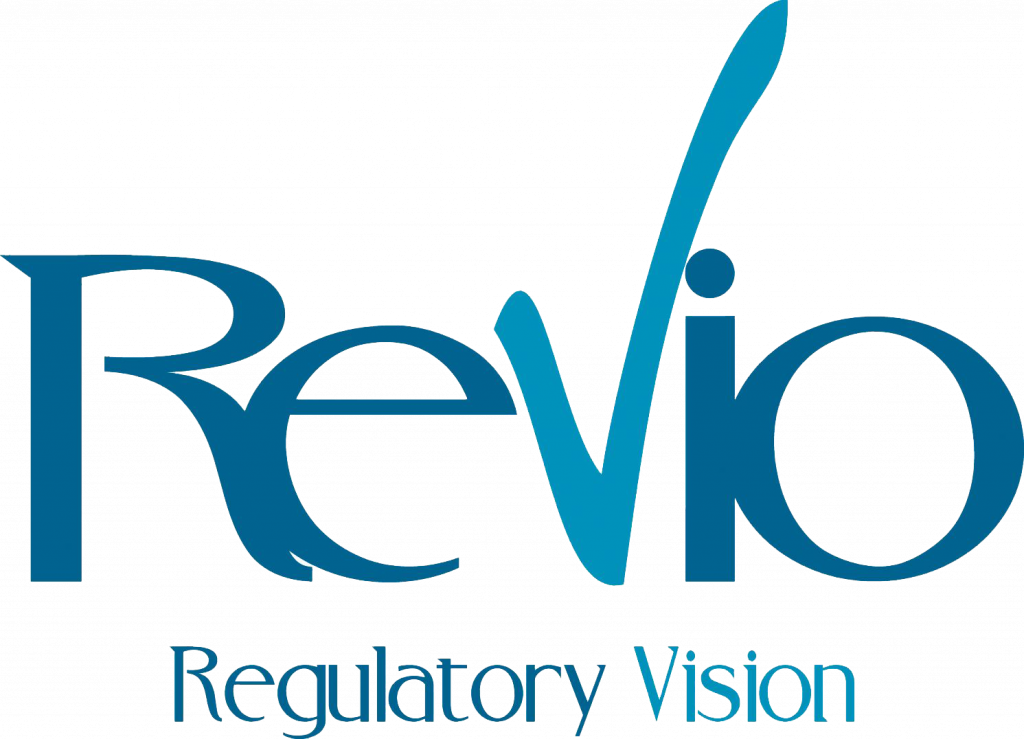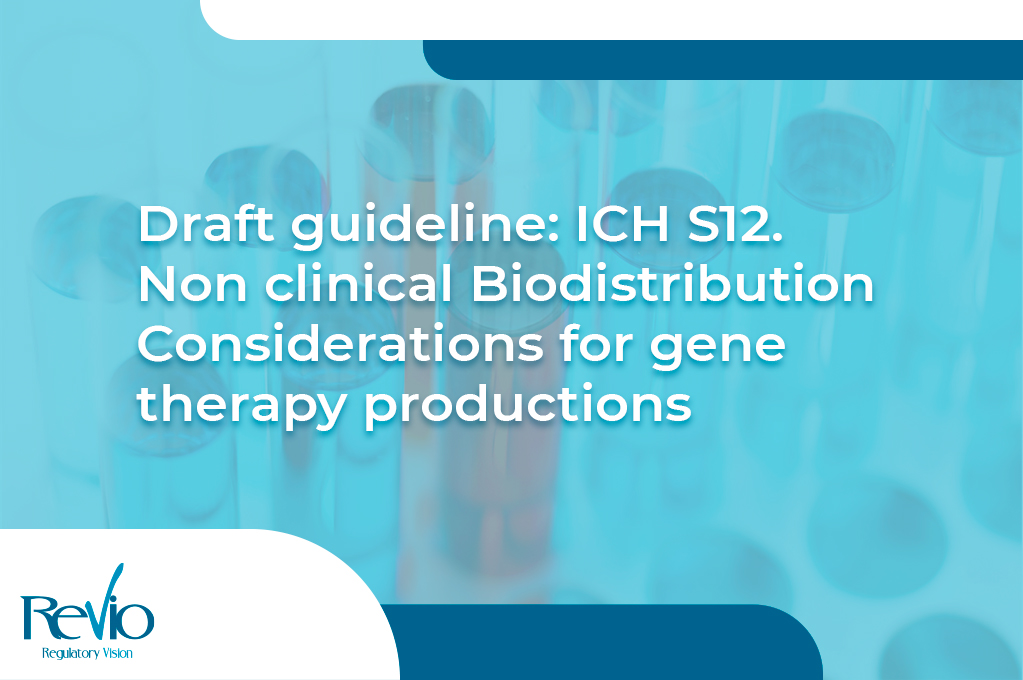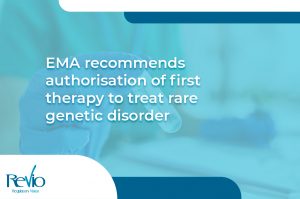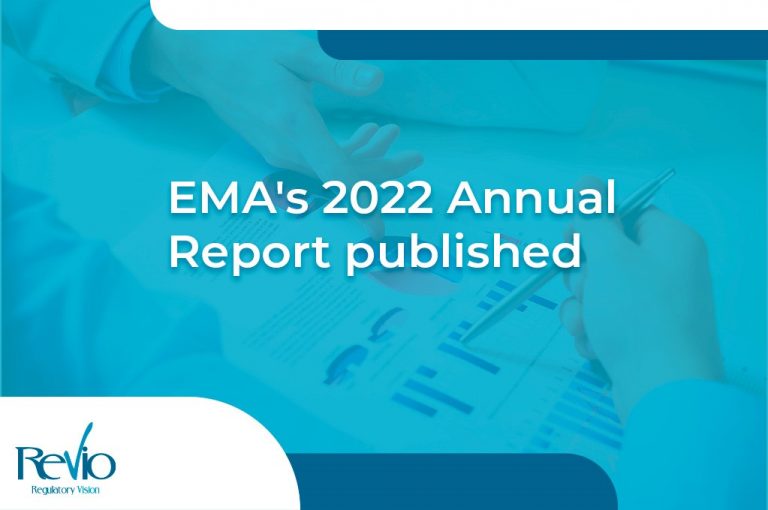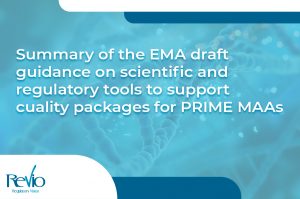Today, from Revio, we would like to share with you a summary of the International Council for Harmonisation (ICH) guideline about nonclinical biodistribution considerations for gene therapy products. This draft guideline is under public consultations and comments can be provided to ich@ema.europa.eu until 24 October 2021.
The objective of this guideline is to provide harmonized recommendations for the conduct of nonclinical biodistribution studies in the development of gene therapy products. These recommendations endeavour to facilitate the development of gene therapy products while avoiding unnecessary use of animals. It follows the 3Rs principles: reduce, refine, and replace.
Nonclinical biodistribution
Biodistribution is the in vivo distribution, persistence, and clearance of a gene therapy product at the site of administrations and in target and non-target tissues. It includes biofluids (e.g., blood, cerebrospinal fluid, vitreous fluid) in biologically relevant animal species.
Timing of nonclinical biodistribution assessment
Biodistribution data should be available when evaluating and interpreting the nonclinical pharmacology and toxicology findings. This data can also inform design aspect of a first-in-human clinical trials. Thus, it is important that nonclinical biodistribution assessment be completed prior to initiation of clinical trials.
Design of studies
General considerations
Researchers can conduct biodistribution studies as stand-alone studies or in conjunction with nonclinical pharmacology and toxicology studies. In principle, studies that are not conducted in compliance with Good Laboratory Practice (GLP) are accepted. Nevertheless, when evaluation is performed as part of a GLP-compliant toxicology study, it is important that all in-life parameters and sample collection procedures remain in compliance with GLP.
Test article
The test article administered should be representative of the intended clinical gene therapy product, taking into consideration the manufacturing process, product characteristics and final clinical formulation.
Animal species or model
Assessment should be conducted in a biologically relevant animal species or model that is permissive for transfer and expression of the genetic material. If working with a replicant competent vector, it is important that the animal species or model be permissive to vector replication.
Group size and sex of animals
Appropriate number of animals should be evaluated at each sampling time point to generate sufficient data that support the assessment. Total number of animals can be an aggregate from several studies. Justification should be provided when only one sex is evaluated.
Route of administration and dose level selection
Gene therapy product should be administered using the intended clinical route of administration. Selected dose levels of the product should provide adequate characterisation of the biodistribution profile to aid in interpretation of the pharmacology and toxicology assessments.
Sample collection
Researchers should design sample collection procedure to minimize the potential for contamination. Pre-specified process including appropriate archiving of the samples from each animal as well as documenting the order of sample collection.
For replication competent vectors, sample collection time points should cover the detection of the second peak level due to vector replication and the subsequent clearance phase.
Specific considerations
Assay methodologies
Evaluation of biodistribution profile necessitates quantitating the amount of genetic material of the gene therapy product in tissues/biofluids and, if appropriate, expression products. Currently, real-time quantitative PCR is considered the ‘gold standard’ for measurement of specific DNA (with a reverse transcription step for RNA).
Measurement of expression products
Determination of the level of expression products in different tissues/biofluids can contribute to characterisation of the safety and activity profiles following gene therapy product administration.
Immunogenicity
Pre-existing immunity in animals, notably in non-human primates and other non-rodent species, against a gene therapy vector could affect the biodistribution profile. Researchers should consider screening of animal for pre-existing immunity to the vector prior to inclusion in a nonclinical study.
Ex vivo genetically modified cells
Considerations for this type of products should include factors such as the cell type, route of administration, and potential for the expression products to affect the biodistribution.
Gonadal tissues
Researchers should conduct biodistribution assessment in the gonads for both sexes, unless the target clinical population is restricted to one sex (e.g., treatment of prostate cancer).
Triggers for additional studies
Various circumstances may elicit the conduct of additional studies for biodistribution assessment:
- Significant change in the clinical development program.
- Significant change in the vector structure or serotype.
- Changes in manufacturing process that can affect the final product formulation.
Applications of nonclinical biodistribution studies
Characterisation of the biodistribution profile is a critical component of a nonclinical development program. Data contribute to the overall interpretation of the study findings to enable a better understanding of the relationship of desired and undesired findings to the administered gene therapy product.
This is some of the information you need to know if you are interested in biodistribution assessment of gene therapy products. Nevertheless, we have launched a dedicated webpage to bring you the latest updates, guidance, and developments. You can also follow us on LinkedIn.
We hope you find this useful and of interest. If you would like to discuss any of these updates with the team at REVIO, please get in touch here.
If you want to know more, check out the official guideline here.
